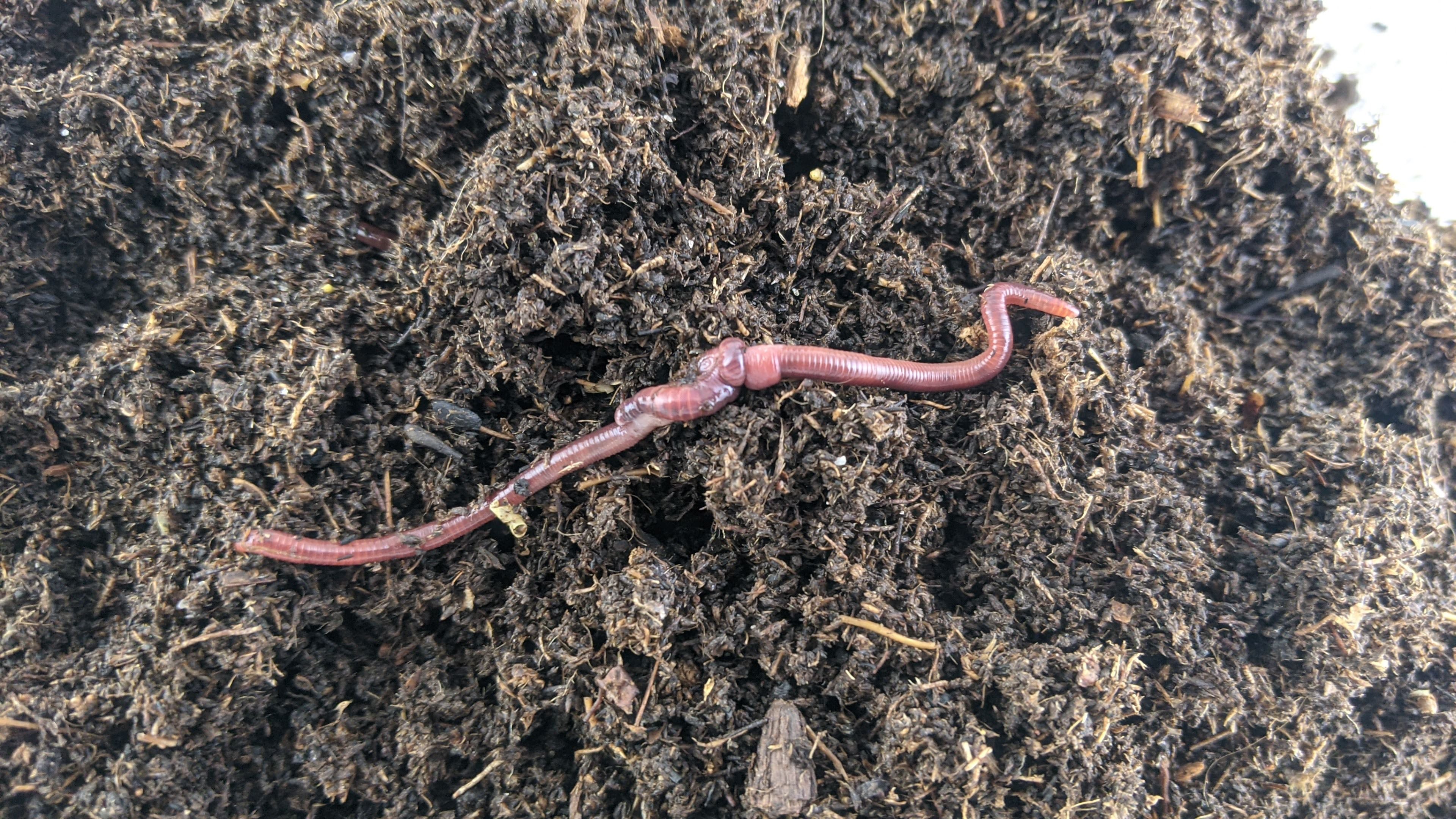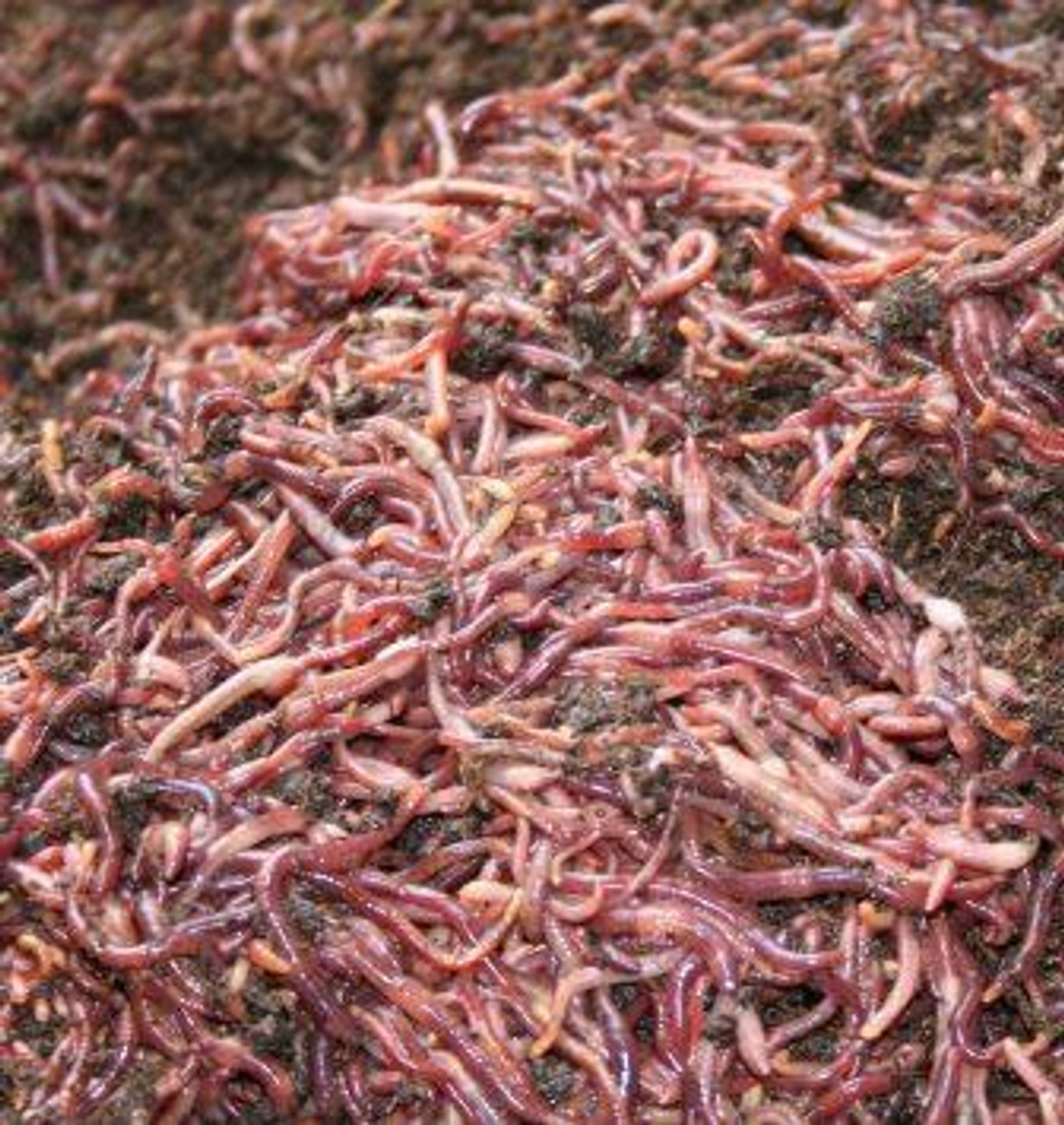Innovative Methods in Red Wiggler Composting to Enhance Your Plant food
Innovative Methods in Red Wiggler Composting to Enhance Your Plant food
Blog Article
Discovering the Systems of Red Wiggler Composting: A Comprehensive Guide to the Refine and Its Favorable Effect on Sustainable Gardening Practices
The elaborate systems of red wiggler composting, making use of the special physiology of Eisenia fetida, provide a compelling avenue for enhancing lasting gardening methods. As metropolitan horticulture gains traction, recognizing the subtleties of this composting technique ends up being significantly pertinent.
Understanding Red Wigglers
Red wigglers, clinically called Eisenia fetida, are a types of earthworm extremely pertained to for their performance in composting natural waste. These worms prosper in nutrient-rich settings, specifically in decomposing raw material, making them optimal for vermicomposting systems - Red Wiggler Composting. Defined by their reddish-brown pigmentation and fractional bodies, red wigglers are smaller sized than typical earthworms, normally determining in between three to four inches in length
Their distinct physical traits improve their composting abilities; for circumstances, they have a high reproductive price, enabling populaces to increase rapidly under appropriate conditions. Red wigglers consume organic product, simplifying through their digestion systems, which leads to nutrient-rich castings that work as an outstanding natural fertilizer. Their starved cravings enables them to process big quantities of food waste successfully, dramatically reducing garbage dump payments.
In enhancement to their composting prowess, red wigglers play an essential role in dirt health and wellness. Red Wiggler Composting. They freshen the dirt and facilitate the decomposition of natural issue, further improving the soil community. Understanding the qualities and ecological benefits of red wigglers is crucial for anyone aiming to apply lasting horticulture methods through efficient composting techniques
The Composting Refine
The composting process entails breaking down natural products into nutrient-rich garden compost, a job that red wigglers excel at as a result of their specialized digestion systems. These worms take in food scraps, backyard waste, and various other raw material, changing them right into valuable compost through a collection of chemical and organic processes.
At first, the raw material is blended with bedding materials such as shredded paper or dried out fallen leaves, producing an ideal environment for the worms. As the red wigglers consume this mixture, they break it down via their intestine, where bacteria better disintegrate the material. This procedure generates warmth, promoting microbial activity, which speeds up decay.

Advantages of Red Wiggler Composting
Eco-conscious people and many garden enthusiasts acknowledge the many benefits of red wiggler composting, making it a preferred selection for efficient waste management. One of the key benefits is its capability to dramatically minimize natural waste in land fills - Red Wiggler Composting. Red wigglers efficiently break down kitchen scraps and various other naturally degradable materials, transforming them into nutrient-rich vermicompost that enhances soil wellness
Moreover, red wiggler composting boosts dirt structure and fertility. The resulting vermicompost is bristling with useful bacteria, which advertise plant development and improve nutrient retention. This all-natural plant food not only sustains sustainable gardening methods yet likewise minimizes dependence on chemical fertilizers, cultivating a much healthier ecological community.
Furthermore, red wiggler composting is a space-efficient method, making it optimal for city garden enthusiasts with limited area. The process can be carried out indoors or outdoors, enabling year-round composting no matter of environment problems. Moreover, red wigglers are low-maintenance organisms that call for marginal treatment, making them accessible for newbie garden enthusiasts.
Fundamentally, the benefits of red wiggler composting expand past waste reduction; they add to much healthier soils, sustainable gardening practices, and environmental stewardship, placing it as a valuable technique in modern-day horticulture.
Best Practices for Composting
For effective red wiggler composting, sticking to ideal practices is vital to take full advantage of efficiency and make certain an efficient environment for these worms. This balance advertises optimal decomposition and improves the worms' health and wellness.
Following, screen from this source dampness degrees, going for a wet, sponge-like uniformity. Overly wet conditions can result in anaerobic decay, while excessive dry skin may hinder worm activity. Additionally, guarantee proper aeration by transforming the compost routinely, which aids avoid compaction and permits for ample oxygen circulation.
Temperature is one more critical aspect. Preserve a series of 55 ° F to 77 ° F(13 ° C to 25 ° C) to promote worm task and microbial development. Stay clear of introducing meat, milk, and oily foods, as these can draw in insects and produce smells.
Enhancing Sustainable Horticulture
Lasting gardening embodies an all natural method that balances eco-friendly my latest blog post principles with sensible gardening strategies. By incorporating techniques such as red wiggler composting, gardeners can significantly enhance their methods, promoting a much more resistant ecological community. Red wigglers, renowned for their efficient decomposition capacities, transform natural waste into nutrient-rich compost, thereby enriching the dirt without depending on chemical fertilizers.
Applying lasting gardening techniques, such as plant turning, companion growing, and mulching, more enhances the advantages investigate this site of composting. These techniques not only boost dirt structure and fertility however additionally promote biodiversity, attracting beneficial pests and organisms that add to grow health and wellness. Furthermore, making use of indigenous plants can minimize water usage and decrease maintenance, straightening with water preservation initiatives.

Verdict
To conclude, red wiggler composting represents a vital approach for improving sustainable horticulture methods. The effective digestion of organic waste by Eisenia fetida not just creates nutrient-rich vermicompost however also cultivates better soil health and wellness and structure. By advertising cardio decomposition, this method reduces odors and waste while lowering dependence on chemical plant foods. Inevitably, the adoption of red wiggler composting can dramatically add to environmentally friendly horticulture, benefitting both urban and novice gardeners in their growing efforts.
The elaborate devices of red wiggler composting, utilizing the one-of-a-kind physiology of Eisenia fetida, provide a compelling opportunity for enhancing sustainable gardening techniques. Recognizing the attributes and eco-friendly benefits of red wigglers is necessary for any person looking to execute sustainable gardening practices with effective composting methods.

In conclusion, red wiggler composting stands for a vital technique for enhancing lasting gardening techniques. Ultimately, the adoption of red wiggler composting can significantly contribute to green horticulture, profiting both urban and novice gardeners in their growing initiatives.
Report this page